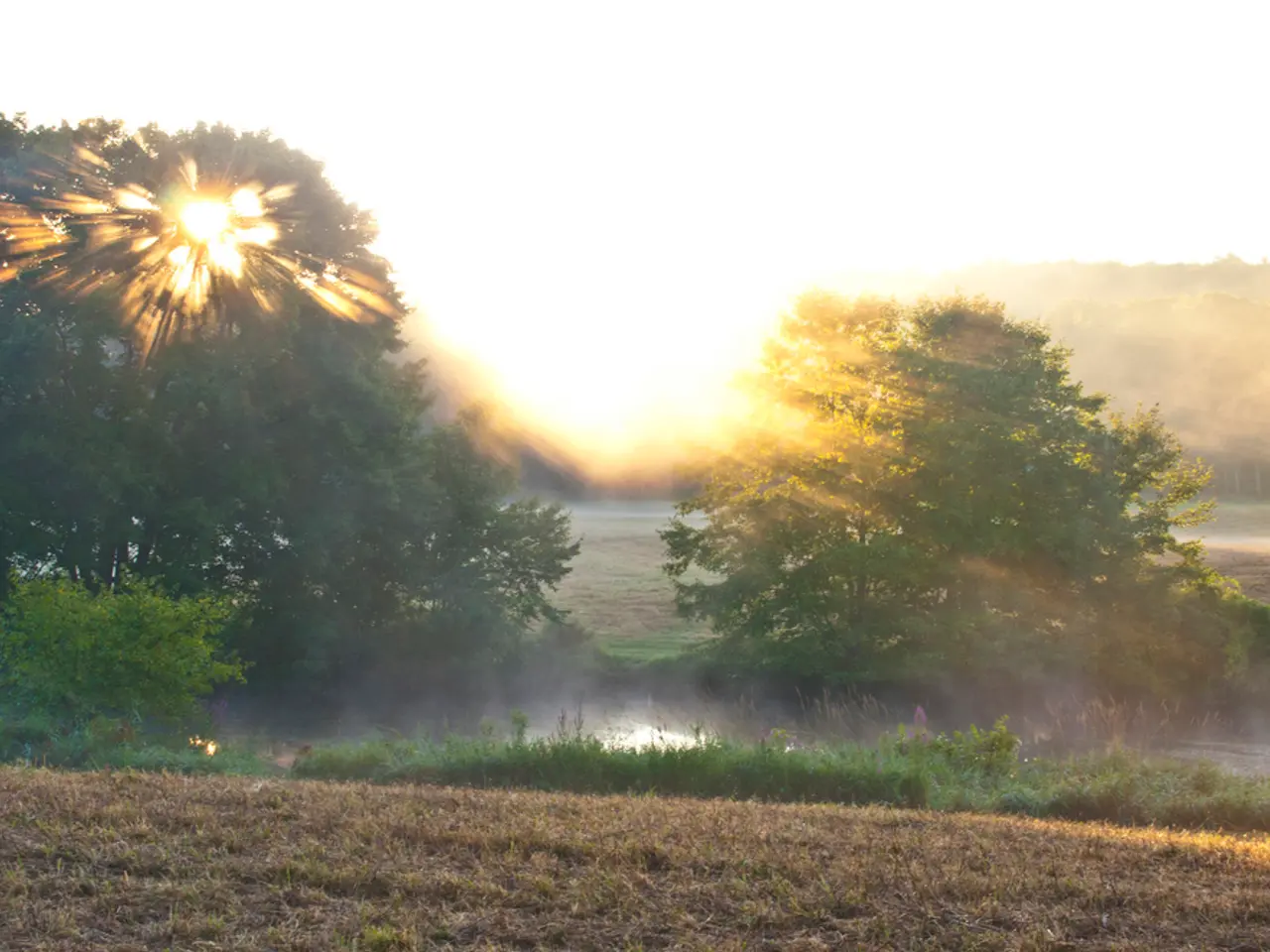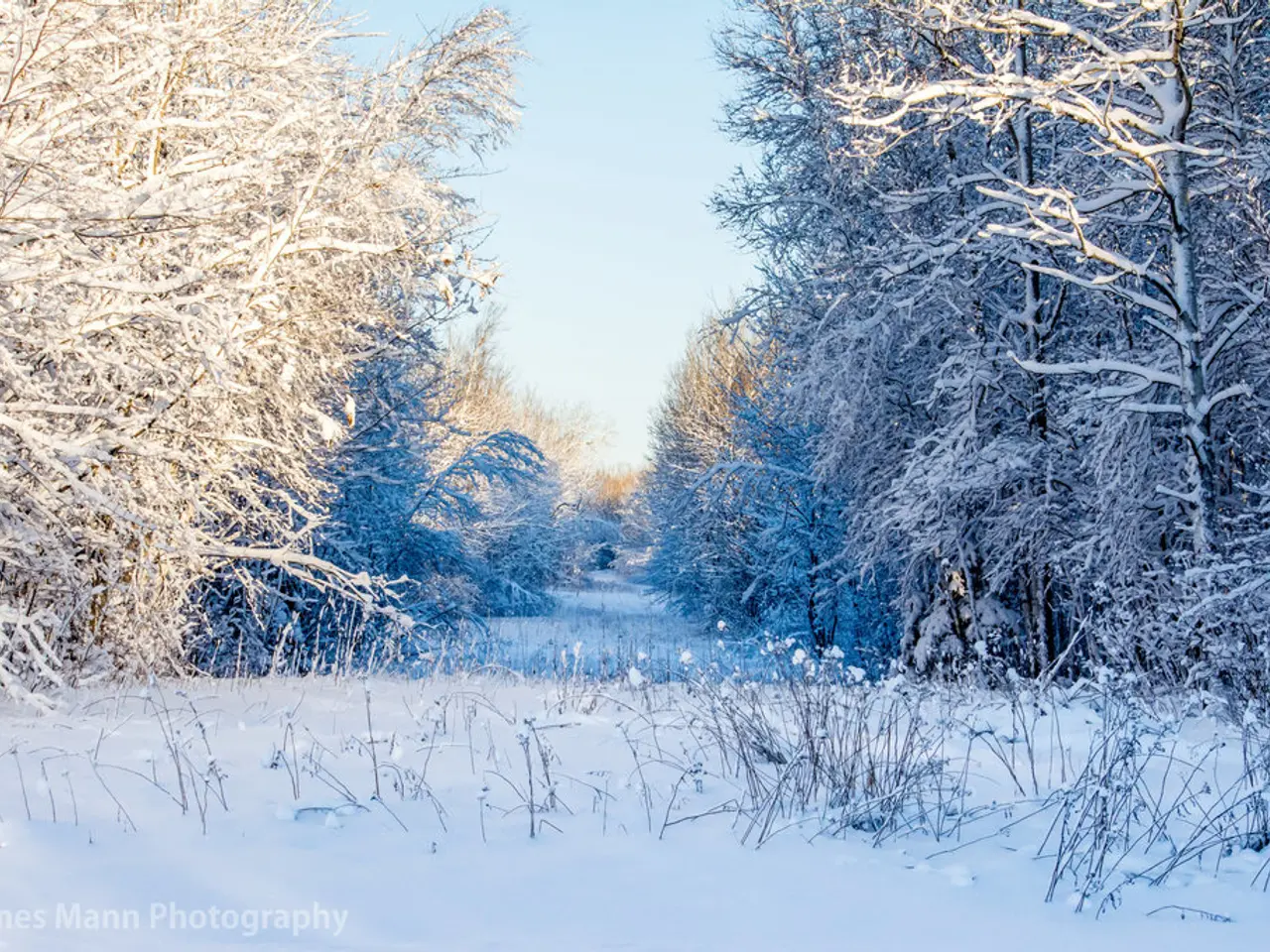Are Garden Beds with an Elevation Requirement Properly Drained?
Raised garden beds offer numerous benefits, including better drainage due to their elevated design. However, there are additional steps to further enhance drainage in these beds.
Structural and Design Improvements
Elevating your raised beds off the ground is a key strategy to improve drainage. This can be achieved by using legs, bricks, or a slatted base, allowing water to escape more freely and preventing water pooling at the bottom [3].
Ensuring your raised bed has sufficient drainage holes is also crucial. For smaller beds, at least 3-5 holes are recommended, while larger beds should have 6 or more. These holes should be evenly distributed along the outer perimeter, not just the center, and should be about ½ inch wide for effective water flow [3].
Soil Maintenance Practices
Regularly aerating the soil in your raised beds is essential to prevent compaction. A garden fork or hand cultivator can be used to gently loosen the top 6–12 inches annually, improving water infiltration and root growth without disrupting beneficial soil organisms [2].
Incorporating organic matter into your soil mix can also help improve drainage. This can be done by adding 2–3 inches of compost, aged manure, or similar organic amendments each growing season [2]. If the soil level in your bed sinks over time, replenish it with a mix of compost and high-quality garden soil to maintain proper water-holding capacity and prevent low spots where water can pool [2].
Testing and adjusting the soil chemistry can also affect water movement. For example, adding greensand can improve soil texture and drainage, while adjusting pH with lime or sulfur may also affect water movement [2].
Irrigation and Moisture Management
Using drip or soaker irrigation is a great way to deliver water slowly and directly to the root zone, helping prevent surface runoff and minimizing waterlogged conditions [5]. Mulching after planting is also beneficial, as it regulates soil temperature, reduces evaporation, and helps prevent soil crusting that can impede water penetration [2].
Seasonal and Preventative Measures
Before the growing season, remove old plant material, weeds, and any buildup that could block drainage holes or hinder water flow [2]. After heavy rains, check for standing water and adjust your drainage strategies as needed. Consider adding more holes or raising the bed further if problems persist [3].
Summary Table: Key Additional Steps for Improved Drainage
| Step | Purpose | Method | |-----------------------------|-------------------------------------------|------------------------------------------| | Elevate the bed | Prevent water pooling at base | Use legs, bricks, or a slatted base | | Add/clean drainage holes | Ensure water exits efficiently | Drill 3–6+ holes, check for blockages | | Aerate soil | Reduce compaction, improve infiltration | Loosen top 6–12 inches with a fork | | Add organic matter | Improve soil structure and drainage | Mix in compost, manure, or leaf mold | | Use drip/soaker irrigation | Deliver water directly to roots | Install drip lines or soaker hoses | | Mulch | Regulate moisture, prevent crusting | Apply straw, bark, or shredded leaves |
By combining these structural, maintenance, and irrigation strategies, you can significantly enhance drainage in raised garden beds beyond just selecting a good location and soil mix [2][3][5].
Additional Tips
- Adding layers of organic material (twigs, leaves, wood chips, or lawn clippings) and high quality compost can improve drainage in raised beds.
- Good soil mix is crucial for good drainage in raised beds, and can be achieved by using quality garden soil or potting mix, or by adding materials like compost, perlite, vermiculite, or peat moss.
- The 6 in 1 Vego raised bed can fit small, hard-to-fill garden spaces.
- Most plants need soil that drains well to avoid suffocation and risk of rot and disease.
- Adding layers to the bottom of raised beds can further improve drainage by filling up space and allowing for more drainage at the bottom.
- Choosing the best location for raised beds can help maximize drainage by avoiding low areas that tend to collect water.
- The 6 in 1 Vego raised bed can fit small, hard-to-fill garden spaces.
Incorporating organic material like twigs, leaves, wood chips, or lawn clippings, and high-quality compost into raised garden beds can further improve drainage. To optimize the soil mix for better drainage in raised beds, consider using quality garden soil, potting mix, or adding materials like compost, perlite, vermiculite, or peat moss. For home-and-garden enthusiasts, the 6 in 1 Vego raised bed is a perfect choice for small, hard-to-fill garden spaces, ensuring proper drainage and a thriving lifestyle of gardening.




